
In a world that changes faster than it settles, older adults often serve as quiet guardians of tradition. These customs, routines, and rituals aren’t just habits—they’re anchors. They carry meaning, memory, and a sense of belonging. Even as the modern world rushes forward, some traditions remain deeply woven into the lives of older adults. Here are 15 timeless practices they continue to honor, preserve, and pass on.
Sunday family meals.
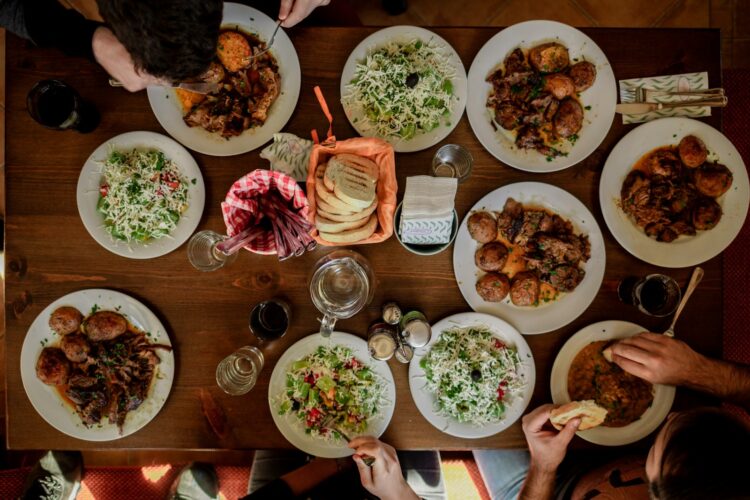
For many older adults, Sundays are sacred—not for silence, but for gathering. Whether it’s a roast in the oven or soup simmering on the stove, Sunday meals bring the family together. Phones are set aside, stories are shared, and generations sit side by side. It’s not just about the food. It’s also about connection, comfort, and continuity.
Sending handwritten cards.

Long before emails and texts, there were cards. Birthday wishes, holiday greetings, and thank-you notes are all written with care and sent by mail. Older adults still believe in the power of pen and paper. A card says more than a message—it says someone took time, sat down, and thought of you deliberately. It’s a tradition they treasure and keep alive.
Displaying family photos.
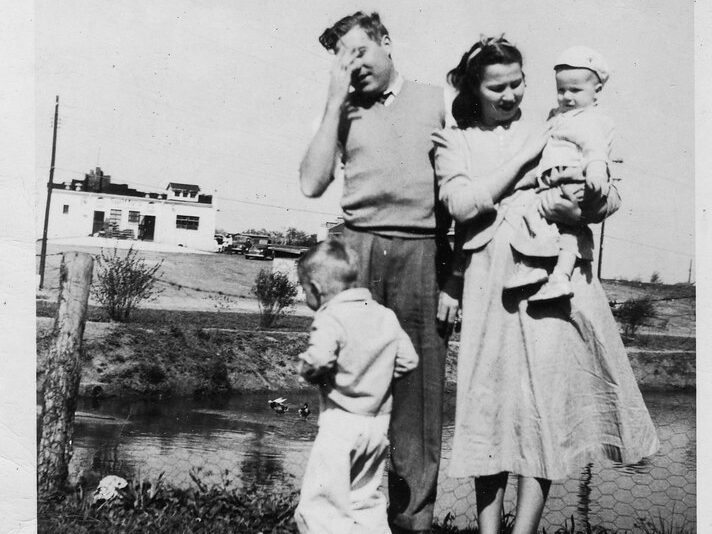
Walls and shelves lined with framed photos are common in the homes of older adults. These aren’t just decorations—they’re a timeline. Smiling children, wedding days, lost loved ones—all frozen in time, each with a story. While digital albums exist, many older people still hold onto the physical ones, believing memories deserve a place where they can be seen every day.
Using the “good” dishes on holidays.

There’s something sacred about the special china or the holiday tablecloth. Even if it’s chipped or mismatched now, older adults still take pride in setting a proper table for special occasions. It’s not about formality—it’s about making moments feel meaningful. The act of preparing for guests is a quiet ritual of love and respect.
Saying grace before meals.
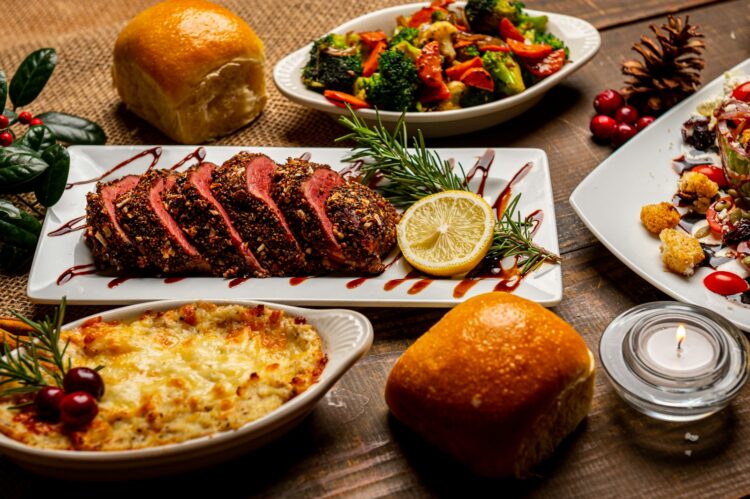
For many older adults, mealtime begins with gratitude. Saying grace isn’t just a religious act—it’s a pause. A moment to acknowledge the meal, the hands that prepared it, and the people at the table. Even in smaller settings or when alone, this tradition reminds them of the blessings woven into daily life.
Visiting graves of loved ones.
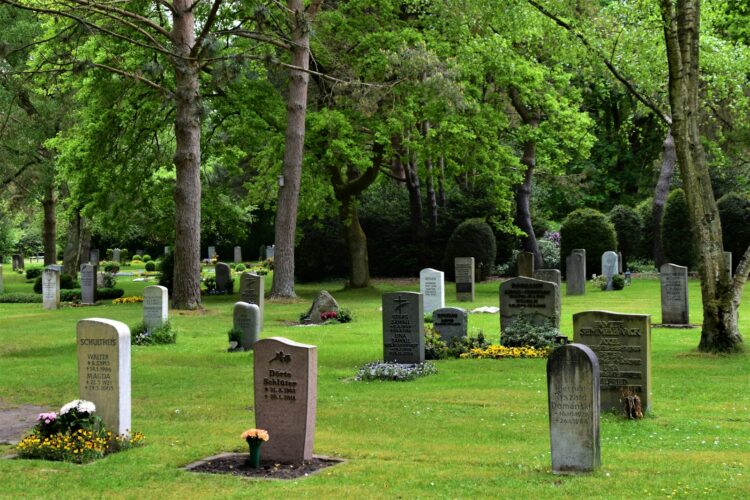
Whether on birthdays, holidays, or quiet afternoons, older adults often continue the tradition of visiting cemeteries. They bring flowers, clean the headstone, or simply stand in silence. It’s a way to honor the past, to feel close to those gone, and to remember that love doesn’t end—it just changes form.
Passing down recipes.

Tattered recipe cards, cookbooks with notes in the margins—older adults often guard the flavors of the past. They pass down not just ingredients, but techniques, smells, and family stories tied to meals. Teaching a child or grandchild to make a certain dish is never just about food—it’s about legacy.
Knitting, sewing, or mending by hand.
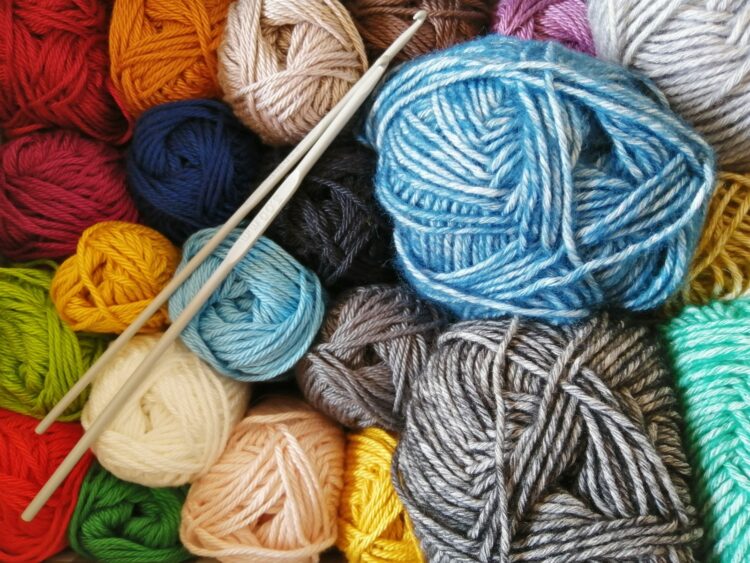
In a time when most things are disposable, older people often still repair rather than replace. Whether it’s darning socks, hemming pants, or hand-stitching gifts, these quiet, practical arts are a source of pride. They represent care, thrift, and a slower pace of life—one stitch at a time.
Keeping a home garden.

Even if it’s just a few pots on the porch, gardening remains a beloved tradition. For older adults, growing herbs, flowers, or vegetables brings routine, purpose, and peace. It’s a connection to the earth, the seasons, and a way of living that rewards patience and attention.
Attending community events.

Church gatherings, town fairs, local concerts—older adults often remain committed to showing up. These events are more than entertainment—they’re about belonging. Participating in community traditions helps keep the social fabric intact. Even if they don’t know everyone, older adults often show up simply because that’s what community means.
Using cash instead of cards.

While the world races toward digital payments, many older people still prefer using cash. There’s something tangible and trustworthy about it. Counting change, balancing a checkbook—these habits are tied to an era where money was felt, not just seen on a screen. It’s a tradition rooted in control, caution, and trust.
Telling stories from the past.
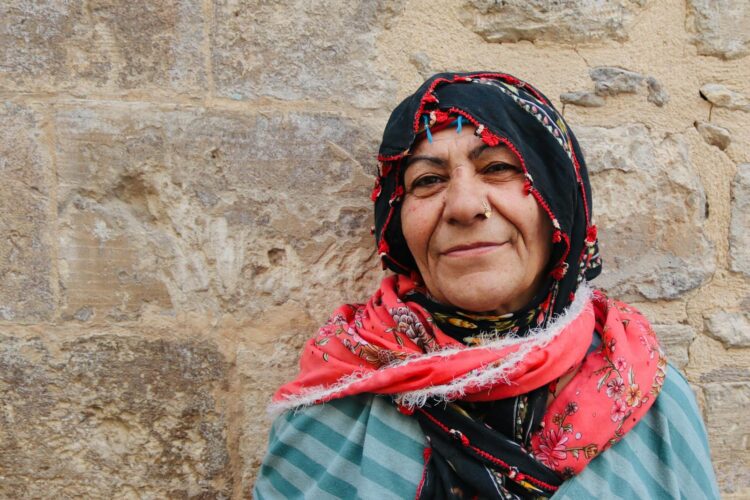
Gatherings with older adults often include familiar stories—some told many times before. These stories aren’t just for entertainment—they’re a way of preserving family history. Through tales of wartime, courtship, childhood, or work, older people ensure that their experiences don’t disappear when they do.
Listening to music from their youth.

From old records to radio stations playing the classics, music remains a powerful link to the past. For older adults, hearing the songs they grew up with brings back dances, heartaches, friendships, and first loves. It’s not just nostalgia—it’s remembrance set to melody.
Marking birthdays with calls, not texts.
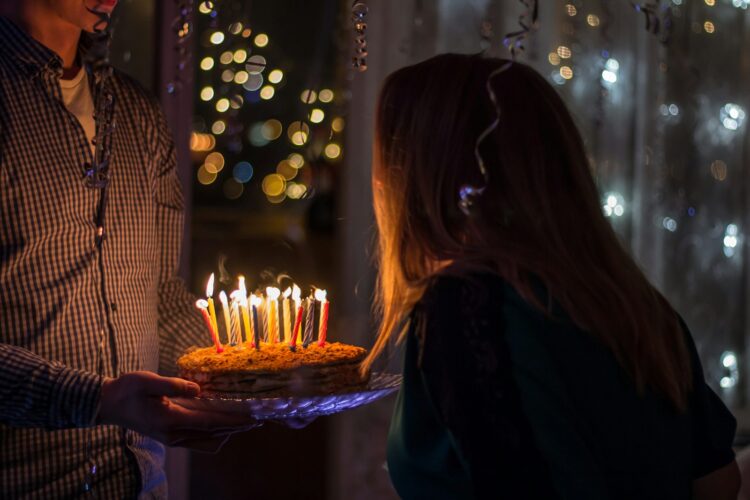
While younger generations might send emojis, many older adults still believe in phone calls. A birthday isn’t complete without hearing a loved one’s voice. They take the time to call, sing, and speak from the heart—because to them, relationships deserve more than quick taps on a screen.
Keeping holiday traditions alive.

Whether it’s hiding coins in a cake, putting out specific decorations, or singing old songs, older people often keep unique family traditions going. Even if no one else remembers, they do. These customs offer a thread between generations—reminding everyone where they come from, and how love is often wrapped in ritual.

